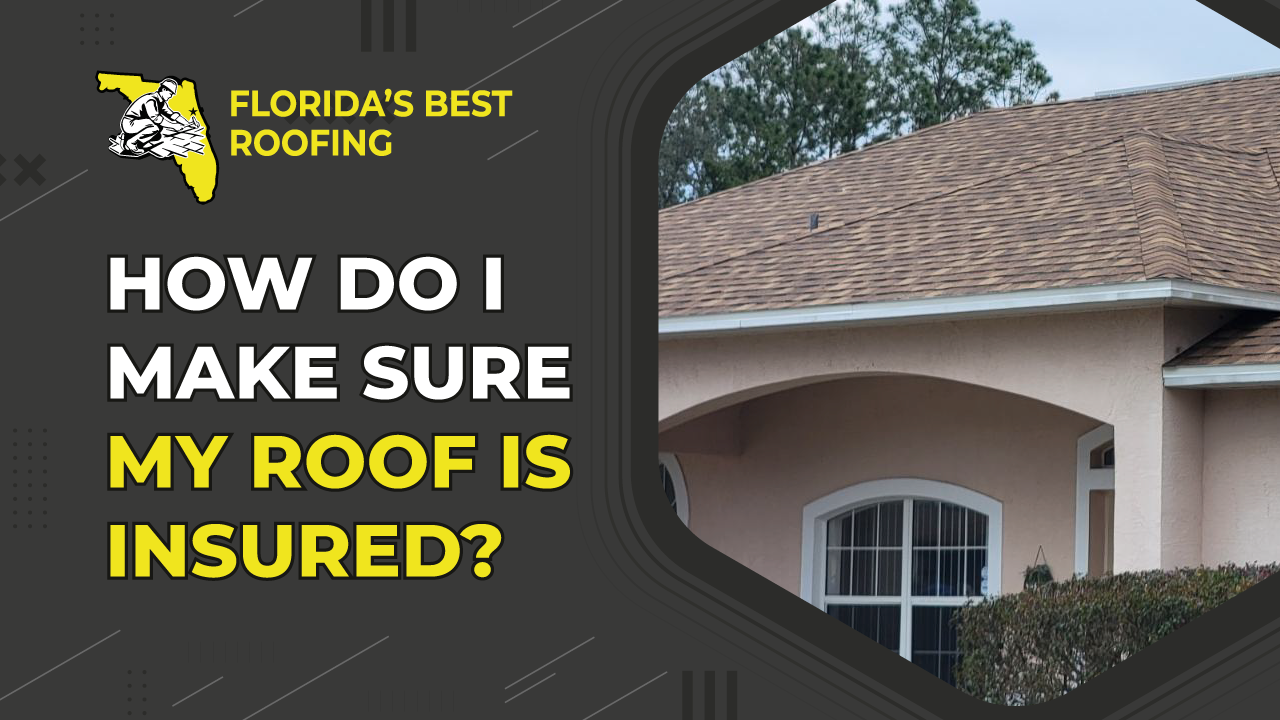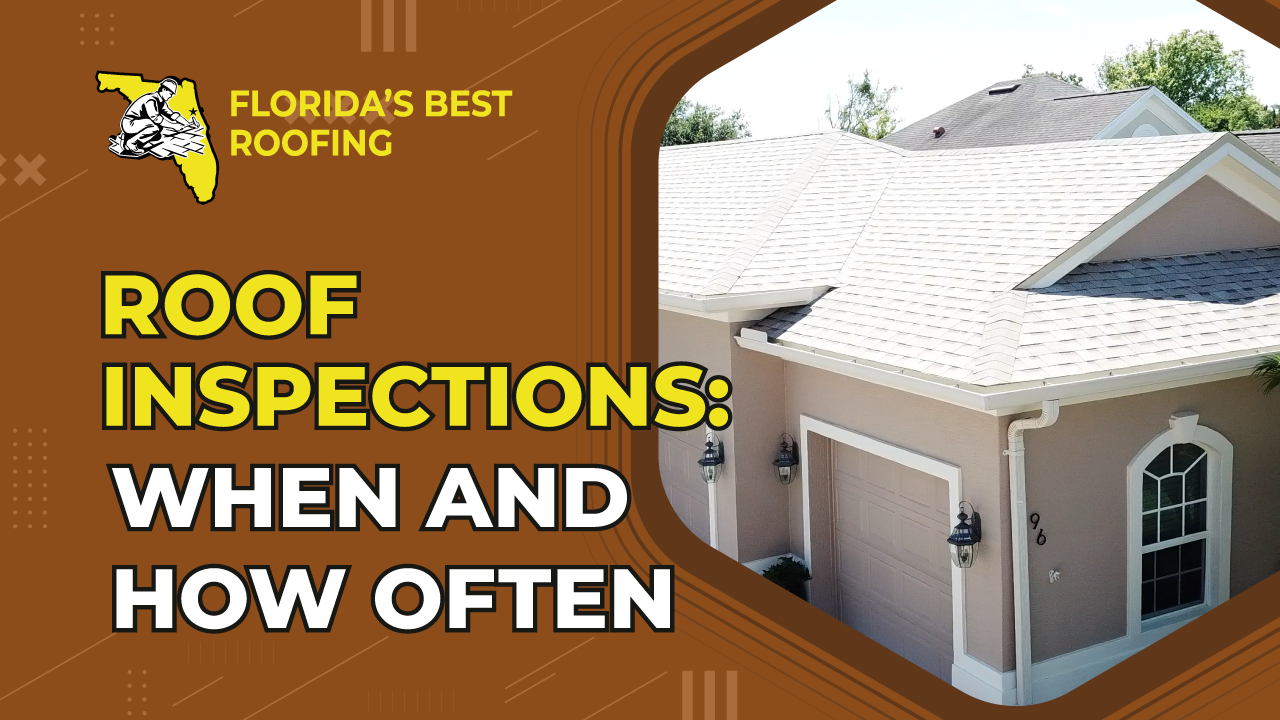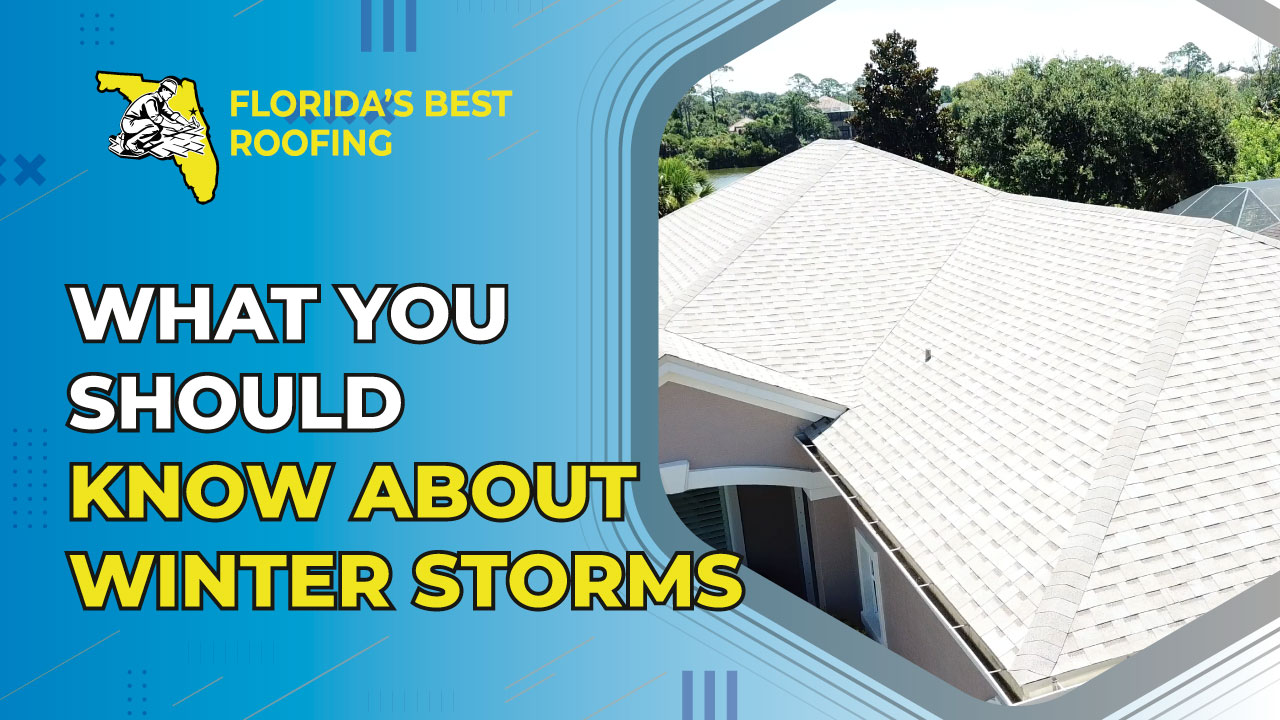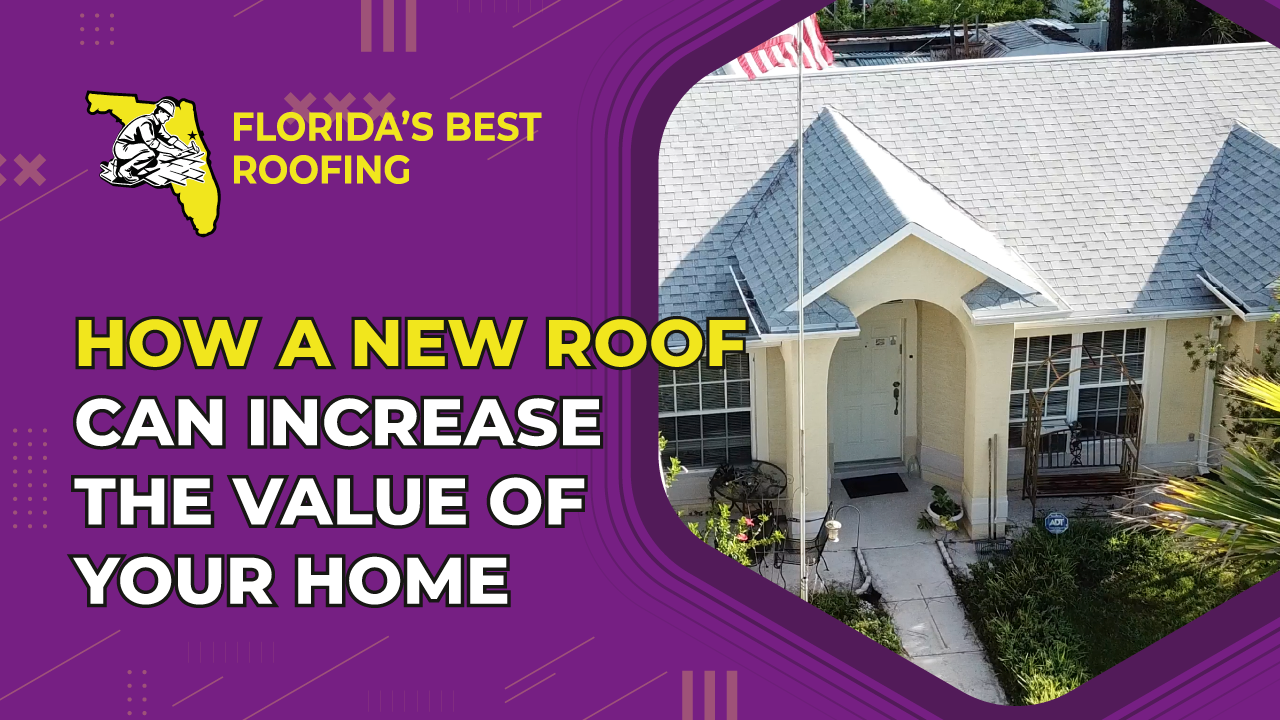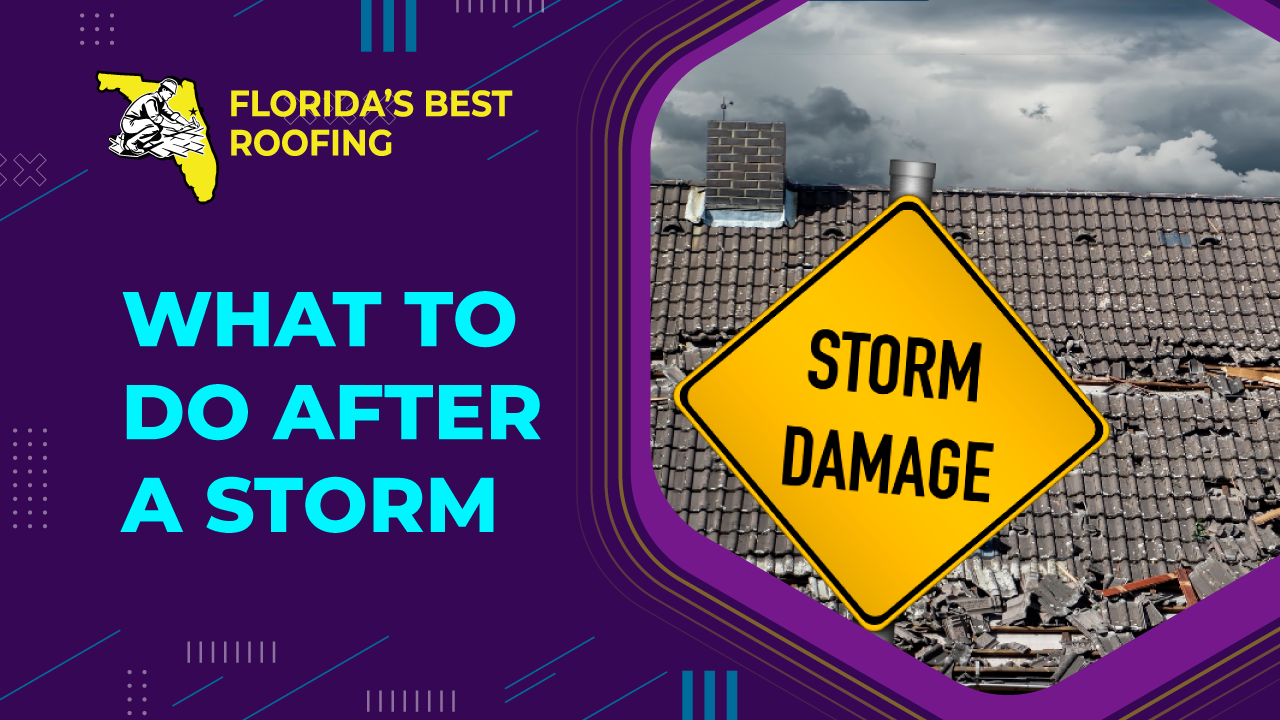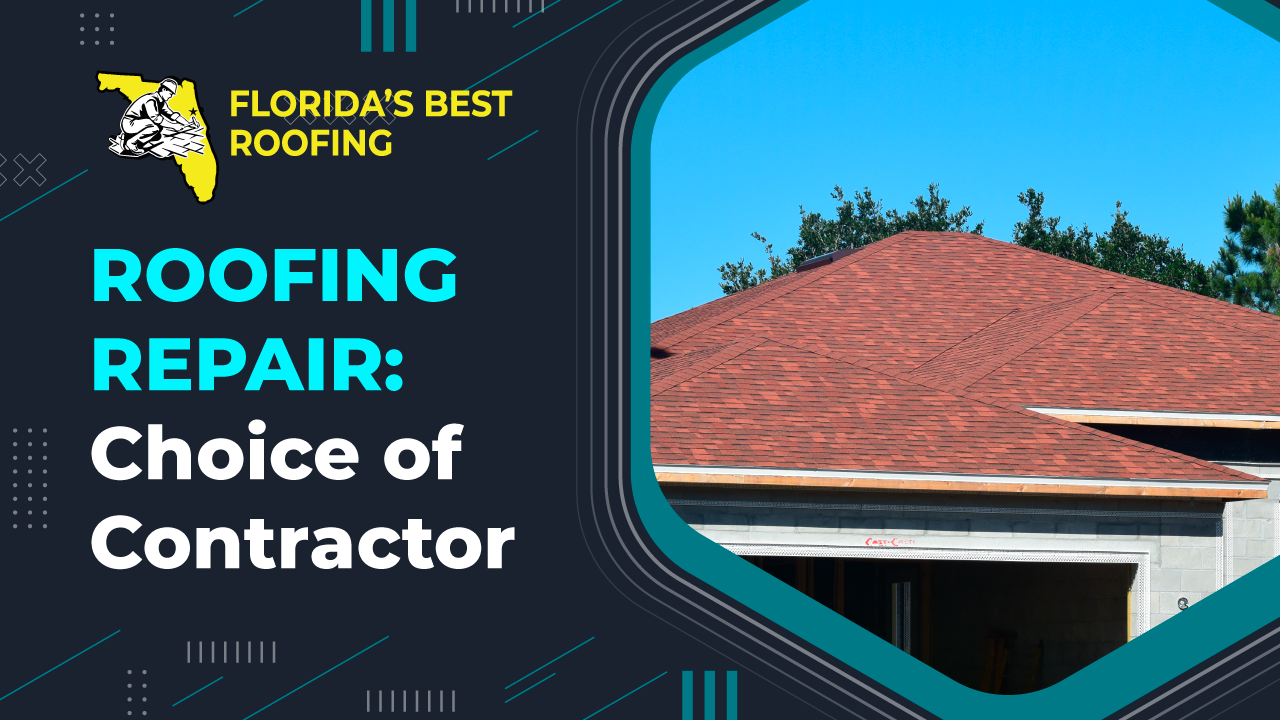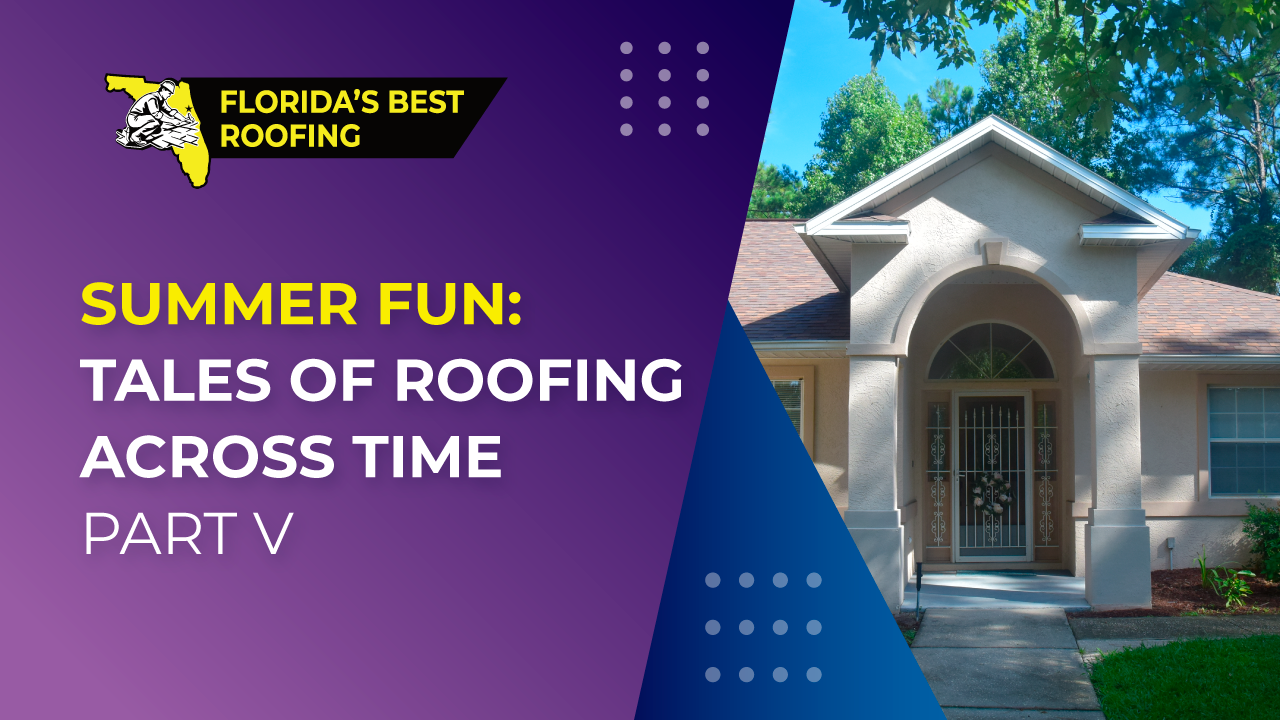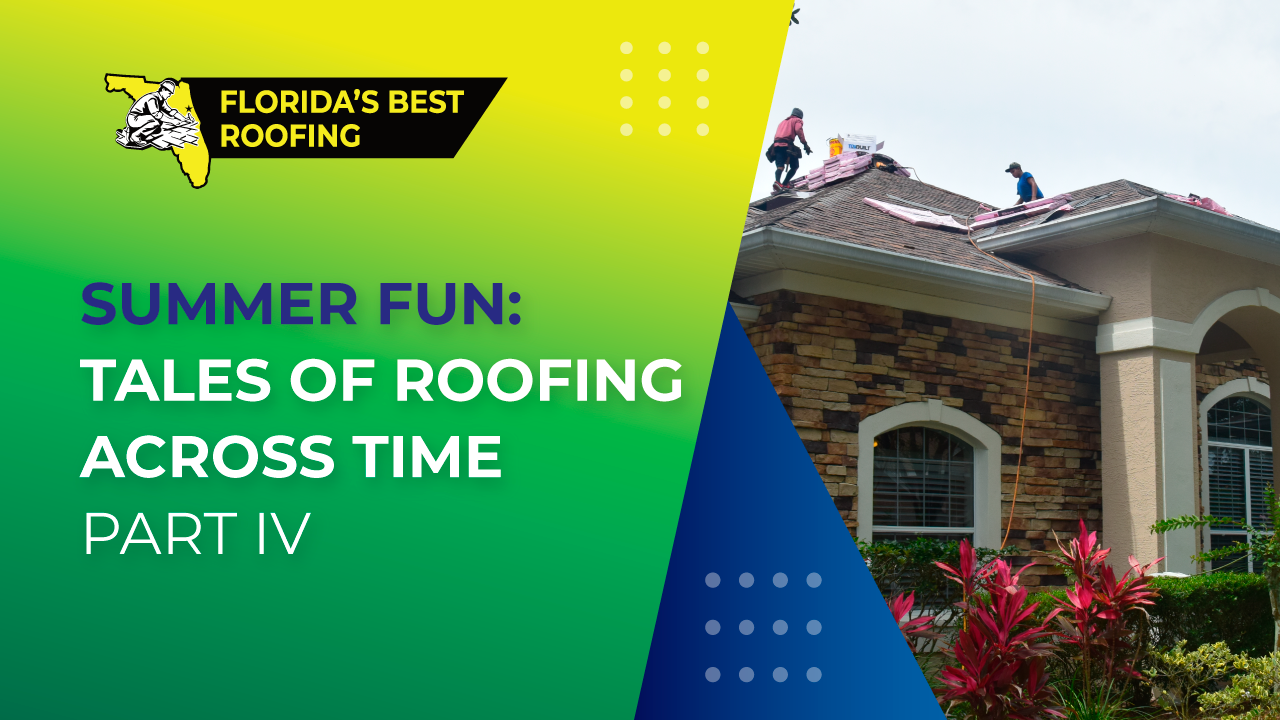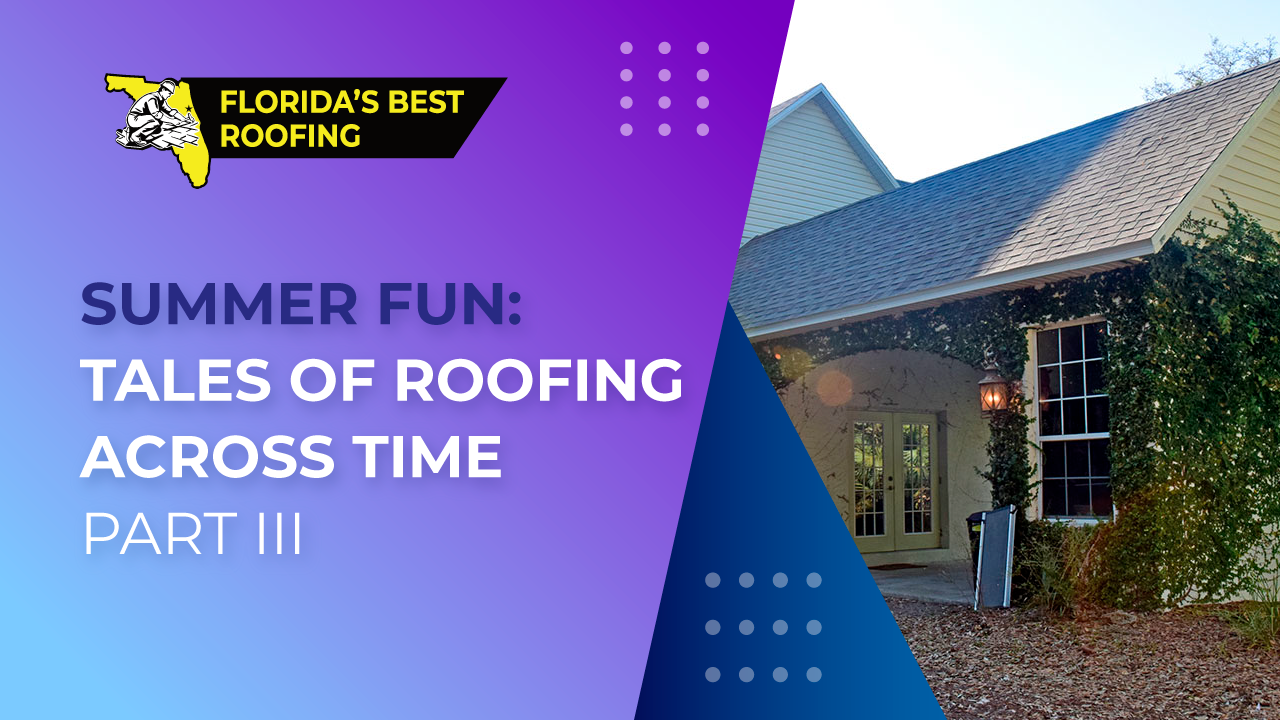How Do I Make Sure My Roof Is Insured?
Your roof provides protection for your home; it is an integral part of what makes the home safe and secure for living in. But, as I am sure you know, your roof requires protection too. The roof takes the brunt of the damage done by weather to the house, from intense sun in the summers, to thunderstorms, winds, tropical storms, and hurricanes. It can also suffer hail damage and damage from falling objects, such as tree branches. If anything ever happens to your roof, you need to be sure that it can quickly be repaired or even replaced if that becomes necessary. As roof repairs are often quite expensive, and replacement even more so, it is important to have insurance protection for your roof to provide you with the funds for repair or replacement when they become necessary.
The good news is that the roof is protected by the overall property insurance policy on the house. So the first step to protecting your roof is to make sure that you have a property insurance policy. If you do not have one, then you should shop for one as soon as possible. If you do have a policy, then it is always good to make sure that it is up to date and that payments are being made on time on the premium to keep it active at all times.
The insurance market in Florida is in some turmoil right now, so finding a good property insurance policy may be a bit more difficult than it has been before. The highly active hurricane seasons of recent years have very much stressed this market with very high claim volumes. This, along with some other issues, and the expectation of more hurricanes in the years to come have stressed some companies to the point of pulling out of the state or shutting down altogether. These events have led to fewer companies operating in the Florida insurance market with the same, in fact an increasing, number of homeowners seeking policies. This not only raises premium prices, but also raises the bar for qualifying for a policy. One of the primary qualifications is a roof with remaining life expectancy. If your roof has passed the life expectancy on its covering (shingles, tile, or metal), it will be very difficult to insure because of its susceptibility to damage. For these reasons, it is also important to keep your roof up to date and replace it when its life expectancy ends.
When shopping for a policy, and even if you already have a policy, it is important to check some key details to make sure that you have adequate coverage for your roof. One of the primary details to check is for an endorsement that puts limitations on roof coverage. These types of endorsements often limit roof coverage, especially for windstorm or hail damage, to actual cash value instead of replacement cost. It is important to have replacement cost coverage because this means that the claim will be covered at the price that it costs to repair or replace the damage at current market prices. If your policy lacks replacement costs coverage for the roof (or anything else), then claims on damage to the roof will be paid out at a depreciated rate. Usually, replacement cost policies pay out on a claim in two checks. First a check is sent out at the depreciated rate, and then with proof of repairs having been done, a second check is sent out for the depreciation. If a policy only covers the roof at actual cash value, then there is no second check. The rate of depreciation values with time, but it can lead to significant out of pocket costs, especially if roof replacement is required.
Another detail to check is whether or not the insurance policy allows you to choose your own contractor to carry out repairs. Some policies limit the insured to a particular contractor who automatically receives any payment made on the claim. These contractors are usually partnered with the insurance company in some way. This kind of policy or contract is not necessarily bad, but it can limit your choices. So, if you want to be able to make your own decision regarding who does repairs on your house, you may want to consider a different type of policy. These are the two main issues to look out for, but if you are ever unsure about a policy, make sure you consult an insurance professional before purchasing.
If you have any questions about roofs or need a roof inspection, we would be happy to help you out. Florida’s Best Roofing, Inc. is a fully licensed (CCC 1325974) and insured, local roofing contractor with decades of experience. If you are interested in roof replacement or repair and you are in the Palm Coast, Flagler, or Volusia area, please give us a call at 386-263-7906 for a free estimate!

